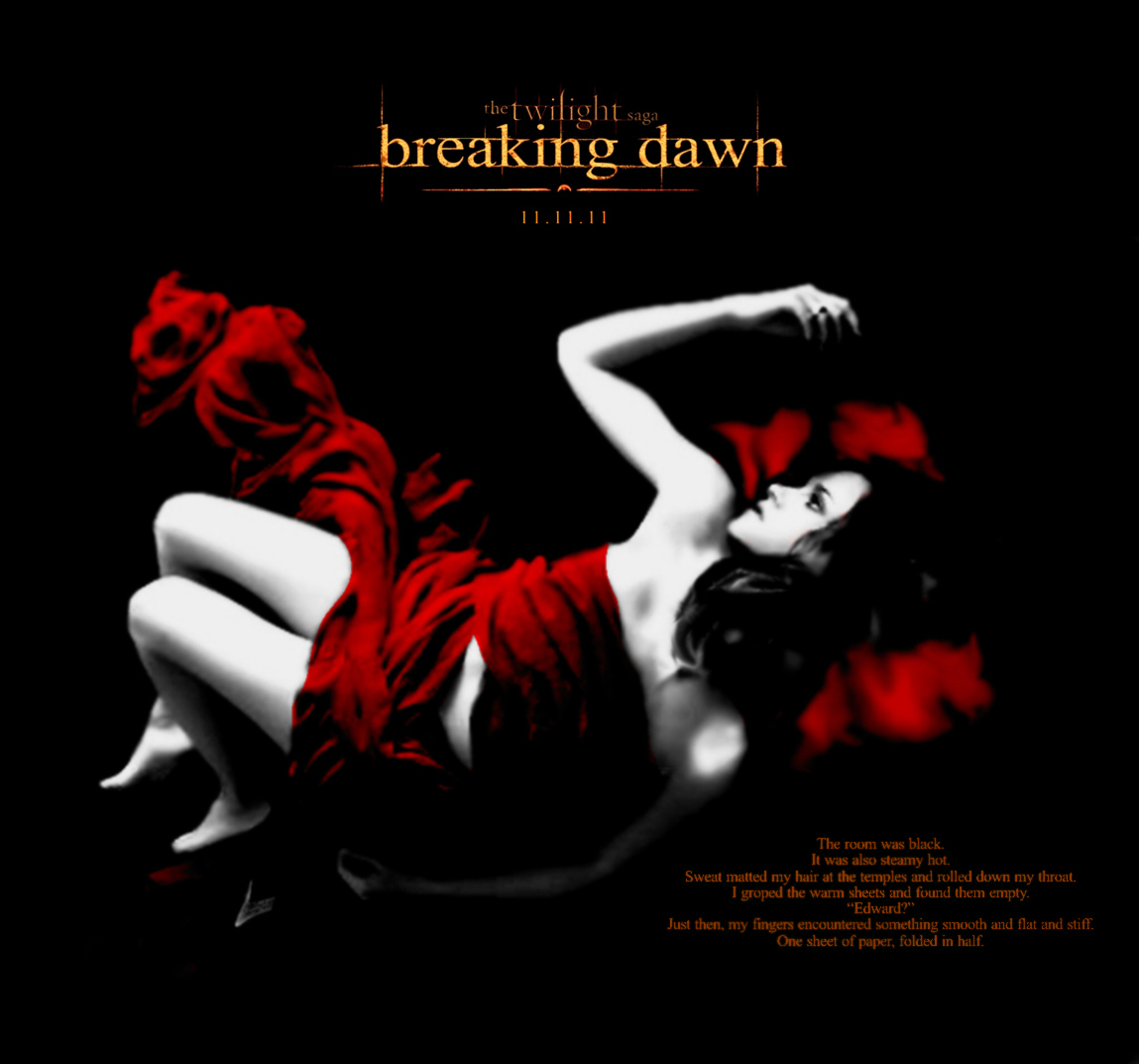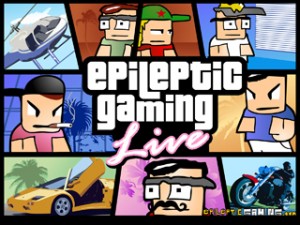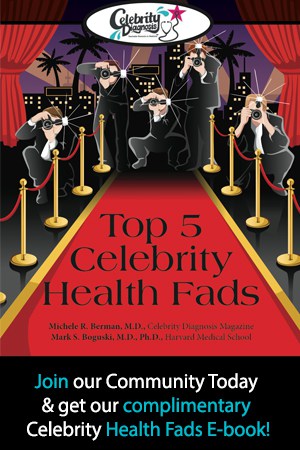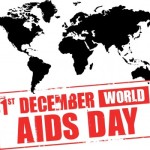WARNING: “Twilight:Breaking Dawn-Part 1” May be Hazardous to Your Health!

Have you seen Twilight: Breaking Dawn yet?
If you have, you are one of the millions that helped the movie bring in an impressive $179.3 million in its first full week in release.
But a few viewers got more than they bargained for- a trip to the Emergency Room!
It’s been reported that the graphic birth scene caused seizures in a number of movie goers.
For instance, CBS Sacramento reported that Brandon Gephart and girlfriend Kelly Bauman were watching the birth scene, when Kelly noticed Brandon “convulsing, snorting, [and] trying to breathe.”
Neurologist Dr. Michael G. Chez told CBS 13:
It’s like a light switch going off, because it hits your brain all at once…. the trouble with theaters, it’s dark, the lights flashing in there is more like a strobe light.”
Photosensitive Epilepsy
1. Photosensitive epilepsy (PSE) is a form of epilepsy in which seizures are triggered by visual stimuli that form patterns in time or space, such as flashing lights, bold, regular patterns, or regular moving patterns.
2. It is a believed to be a genetically transmitted trait- meaning it tends to run in families.
3. It is more common in females than males (60:40), and in children and adolescents than adults.
 4. Television has traditionally been the most common source of seizures in PSE, although it can happen in movies, theatrical events and even video games. On December 16, 1997, more than 12,000 Japanese children had various signs and symptoms of illness after watching an episode of a popular animated cartoon, Pokémon.
4. Television has traditionally been the most common source of seizures in PSE, although it can happen in movies, theatrical events and even video games. On December 16, 1997, more than 12,000 Japanese children had various signs and symptoms of illness after watching an episode of a popular animated cartoon, Pokémon.
5. The key features of a stimulus that can provoke a seizure include:
- The frequency at which the light changes- how many times the light flashes in a second.
- The how bright the light is, as well as the amount of contrast between light and dark during the flicker.
- How much of the visual field the light stimulus takes up.
- The pattern of the image.
- Still or moving patterns with alternating light and dark can have the effect as a flashing light.
- The distance of the viewer from the light source. The closer the person gets to a movie or TV screen, the greater the risk.
- Certain colors more likely to cause the effect, especially “deep” red. (Now you see why the birth scene, which contained flashes of red, black and white, was a likely stimulus.)
6. Sensitivity is increased by alcohol consumption, sleep deprivation, illness, and other forms of stress.
7. Those who are extremely sensitive, can treated with anti-seizure medications, and careful avoidance of situations most likely to bring on these types of seizures.
Although I’ve heard warning about strobe lighting at live events, I’ve never seen warnings at the beginning of TV shows, movies, or video games with the potential to cause seizures. Do you think that warning labels should be added to these activities?



























3 Comments